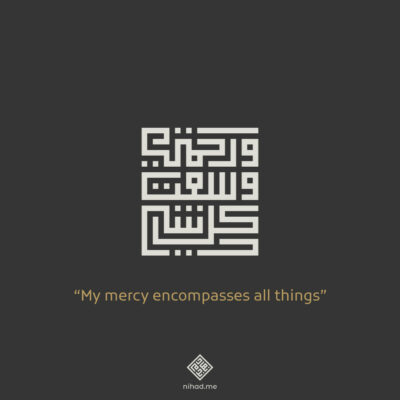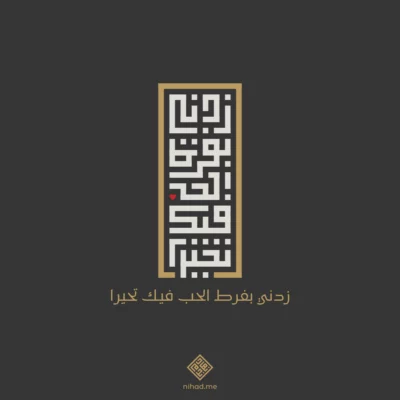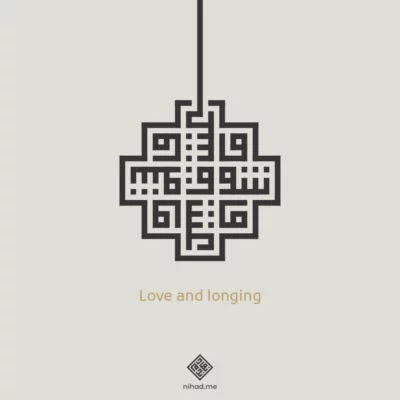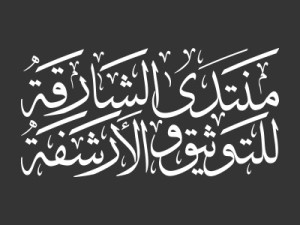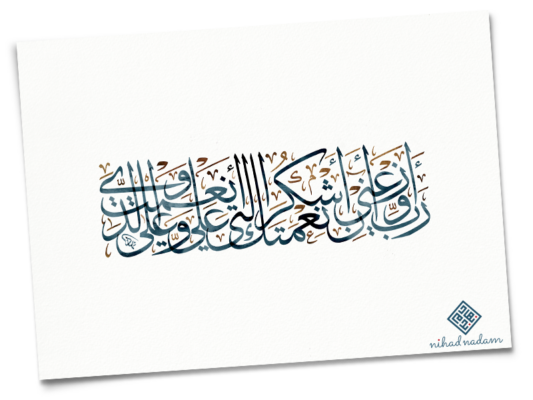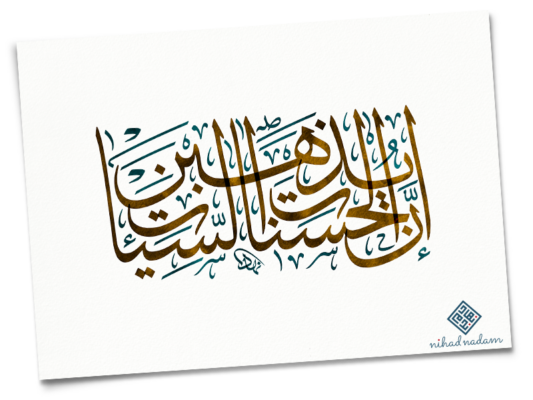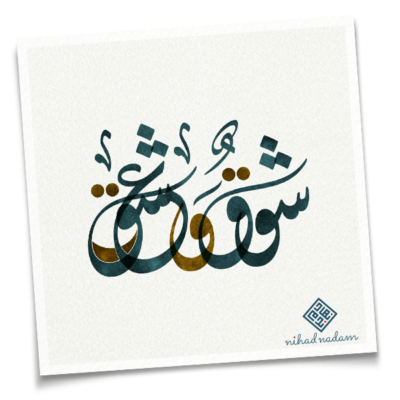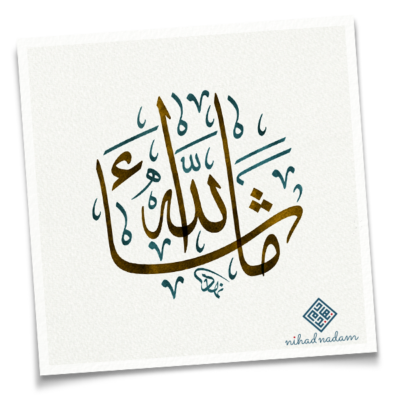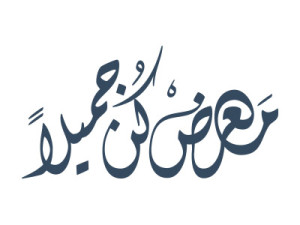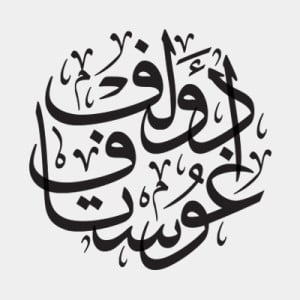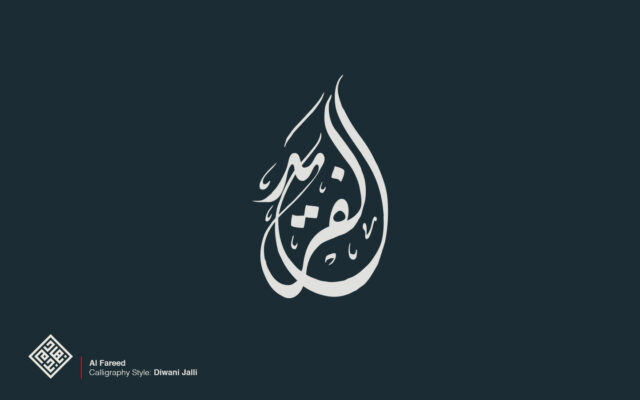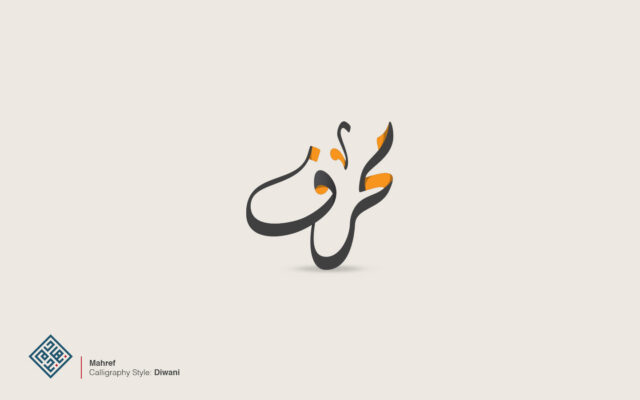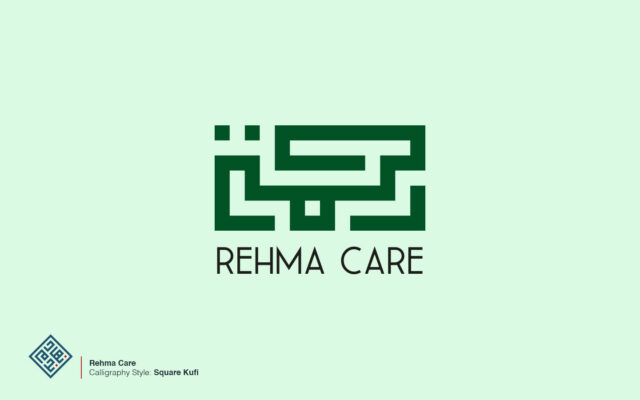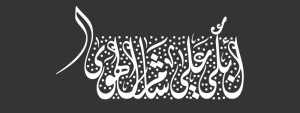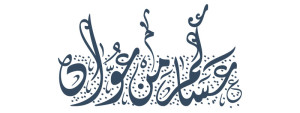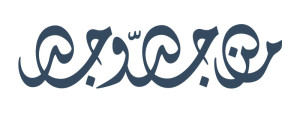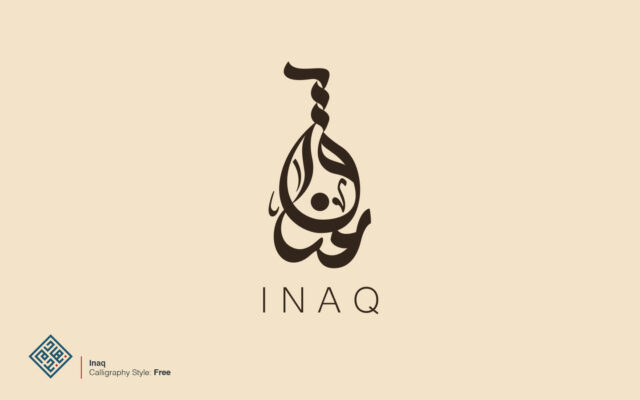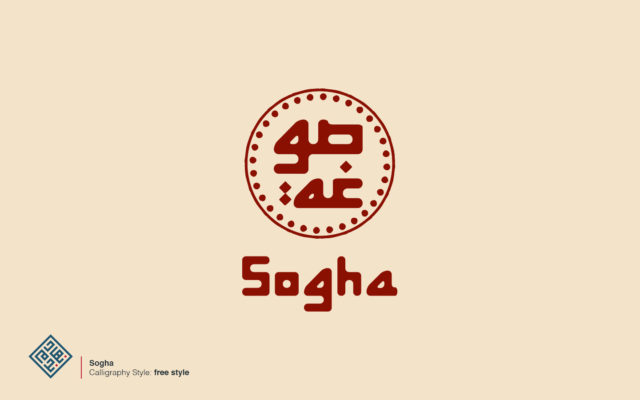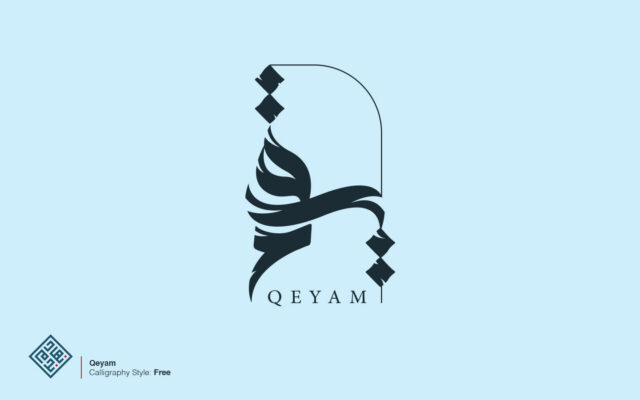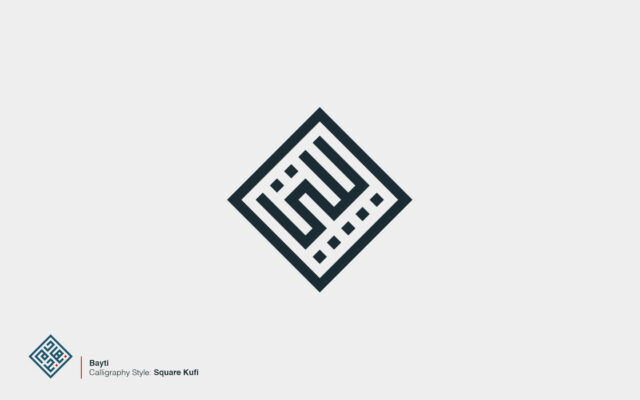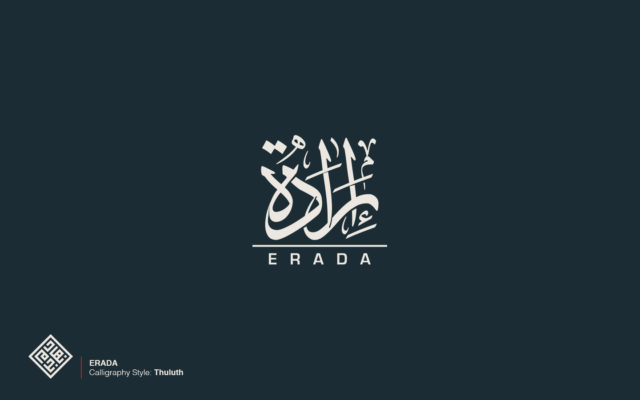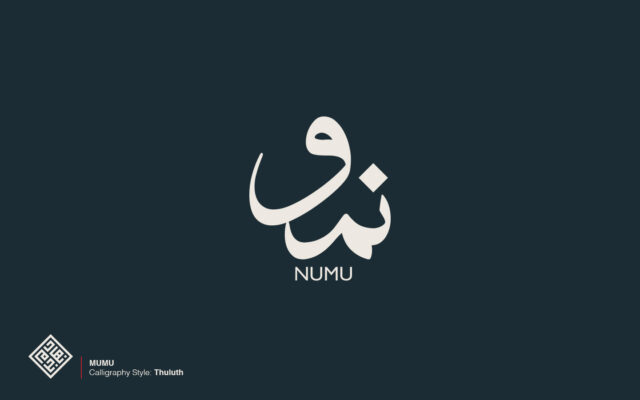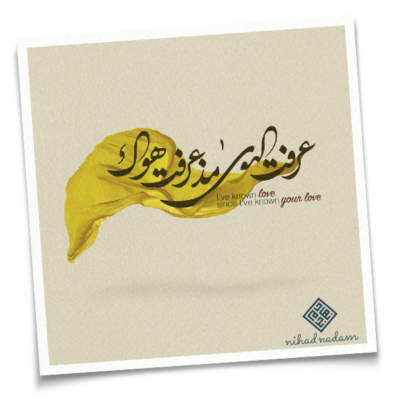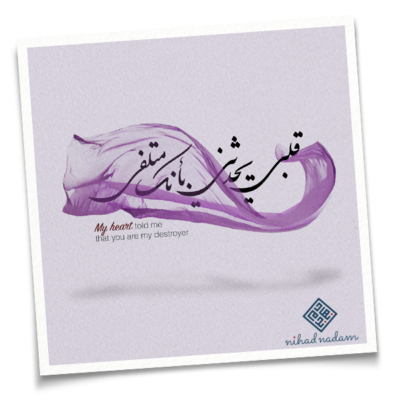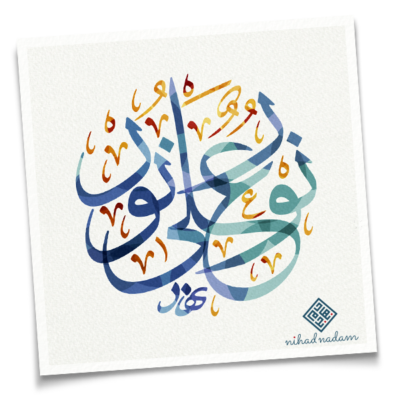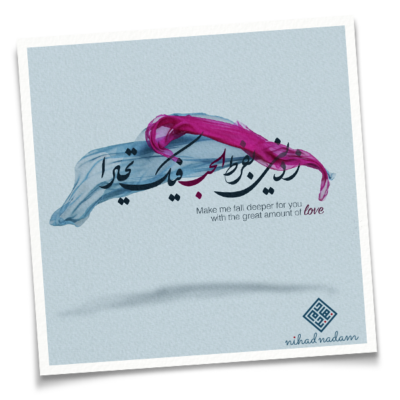Arabic calligraphy, a traditional art form with centuries of history, is finding new life and purpose in the realm of modern graphic design. Its graceful curves and intricate patterns, once reserved for religious texts and architectural inscriptions, are now adorning everything from brand logos to fashion catalogs to digital art.
This post explores the enchanting world of Arabic calligraphy, from its storied past to its transformative role in today’s design landscape. We’ll examine the different calligraphy styles, their cultural significance, and how designers are incorporating them into contemporary works.
The Origins of Arabic Calligraphy
Arabic calligraphy, also known as “khatt” in Arabic, dates back to the early days of Islam. The need for precision and reverence in transcribing the Qur’an, Islam’s holy book, gave rise to the development of this distinct art form.
Over the centuries, a variety of calligraphy styles emerged, each with its own unique characteristics. Some of the most notable styles include:
- Kufic: Known for its geometric and angular shapes, Kufic is one of the earliest and most recognizable styles. It was widely used for Qur’anic manuscripts and architectural inscriptions during the Umayyad and early Abbasid periods, having originated during the early Islamic period in the city of Kufa. Its strong, clear form made it popular for monumental scripts.
- Naskh: Naskh became the primary script for writing the Qur’an and other religious texts due to its more cursive and fluid form. Because of its adaptability and clarity, it has become popular for both copying manuscripts and everyday writing. It eventually supplanted Kufic in many contexts and served as the foundation for modern Arabic typography.
- Thuluth: Thuluth, which literally means “a third,” is a majestic and elegant style that is frequently used for titles, headings, and decorative purposes. This script, with its elongated verticals and broad curves, was especially popular during the medieval period, especially for inscriptions on monuments and mosques.
- Diwani: Diwani, which originated in the Ottoman court, is distinguished by its dense scripting and intertwining letters, making it both beautiful and, at times, difficult to read. It was mostly used for official and chancery documents, and its intricate design frequently included decorative marks and symbols.
- Other Styles: In addition to these major styles, Arabic calligraphy includes a variety of other forms, such as Riq’a, Muhaqqaq, and Maghrebi, each bringing its own regional or functional nuances to the vast tableau of Arabic script.
Understanding these styles allows one to appreciate the visual splendor of Arabic calligraphy as well as the historical epochs, regional influences, and societal contexts they represent. Each style is a chapter in its own narrative, painting a picture of the times and places from which it emerged.
Aesthetics and Philosophy
Arabic calligraphy is more than just an art form; it is also a profound expression of faith, spirituality, and cultural identity. Calligraphers frequently undergo rigorous training to master the script’s techniques and instill sincerity and devotion in their work.
Each calligraphic piece is governed by intricate rules and principles that ensure balance, proportion, and harmony. These principles reflect the Islamic worldview, which emphasizes order, precision, and harmony in all things.
In essence, Arabic calligraphy combines art and spirituality, aesthetics and philosophy. It embodies the Arab and Islamic world’s deep faith in the interconnectedness of beauty, meaning, and purpose.
Contemporary Design Applications
In recent years, there has been a resurgence of interest in Arabic calligraphy in the design world. Designers are incorporating calligraphic elements into a wide range of mediums, from brand logos and advertisements to digital art and fashion.
This revival reflects the growing appreciation for the timeless elegance and cultural richness of Arabic calligraphy. It also demonstrates the art form’s adaptability and versatility.
Modern Graphic Design with Arabic Calligraphy
Arabic calligraphy has carved a niche for itself in today’s dynamic world of graphic design, evolving and adapting to modern tastes and mediums. Brands all over the world have begun to recognize the unique blend of tradition and artistry that calligraphy brings, incorporating it into their logos, posters, and advertising campaigns. The resonances of this art can also be found in digital platforms, such as website designs and social media graphics. Consider the rebranding of a major Middle Eastern airline, which incorporated classic Thuluth script into its modern logo, fusing heritage with modern flair. Similarly, many luxury fashion brands have launched special Middle East collections, with designs infused with calligraphic motifs to celebrate the elegance of the art.
Considerations and Obstacles
While modern design has provided opportunities for Arabic calligraphy, it has not been without challenges. The delicate act of balancing age-old tradition with contemporary aesthetics is one of the most important. Modern adaptations of a script so deeply rooted in history and culture must be approached with caution. Designers must ensure that they respect and understand the script’s nuances in order to avoid misinterpretations or misappropriations. Furthermore, digitizing calligraphy presents technical challenges. Traditional brush strokes, with their fluidity and variation, can be difficult to replicate authentically in digital formats, necessitating the use of specialized software and knowledge.
Conclusion
Arabic calligraphy is a timeless art form that continues to inspire and enchant. Its graceful curves and intricate patterns are finding new life and purpose in the realm of modern graphic design.
Designers are incorporating calligraphic elements into a wide range of mediums, creating works that are both aesthetically pleasing and culturally meaningful.
